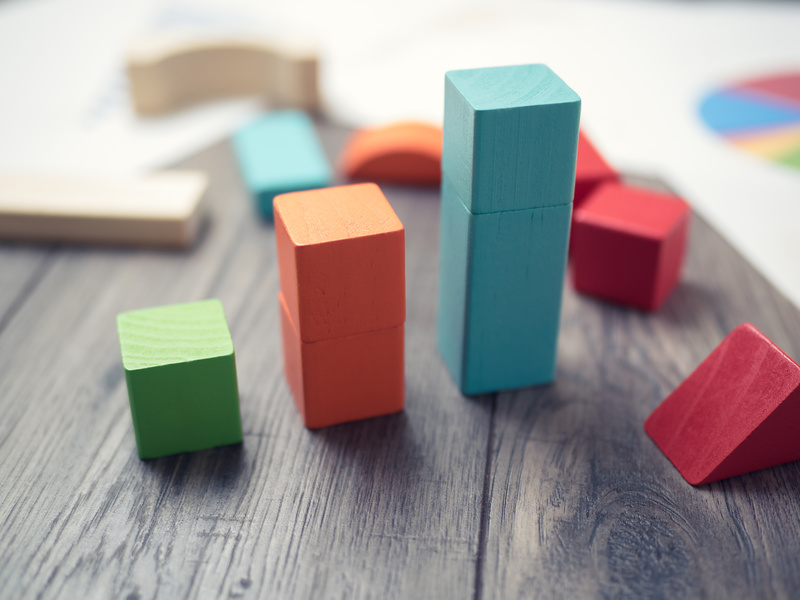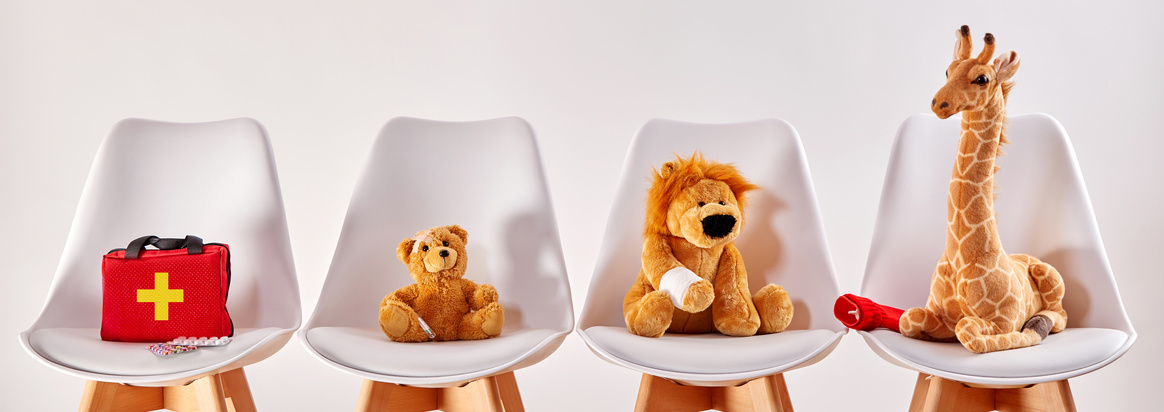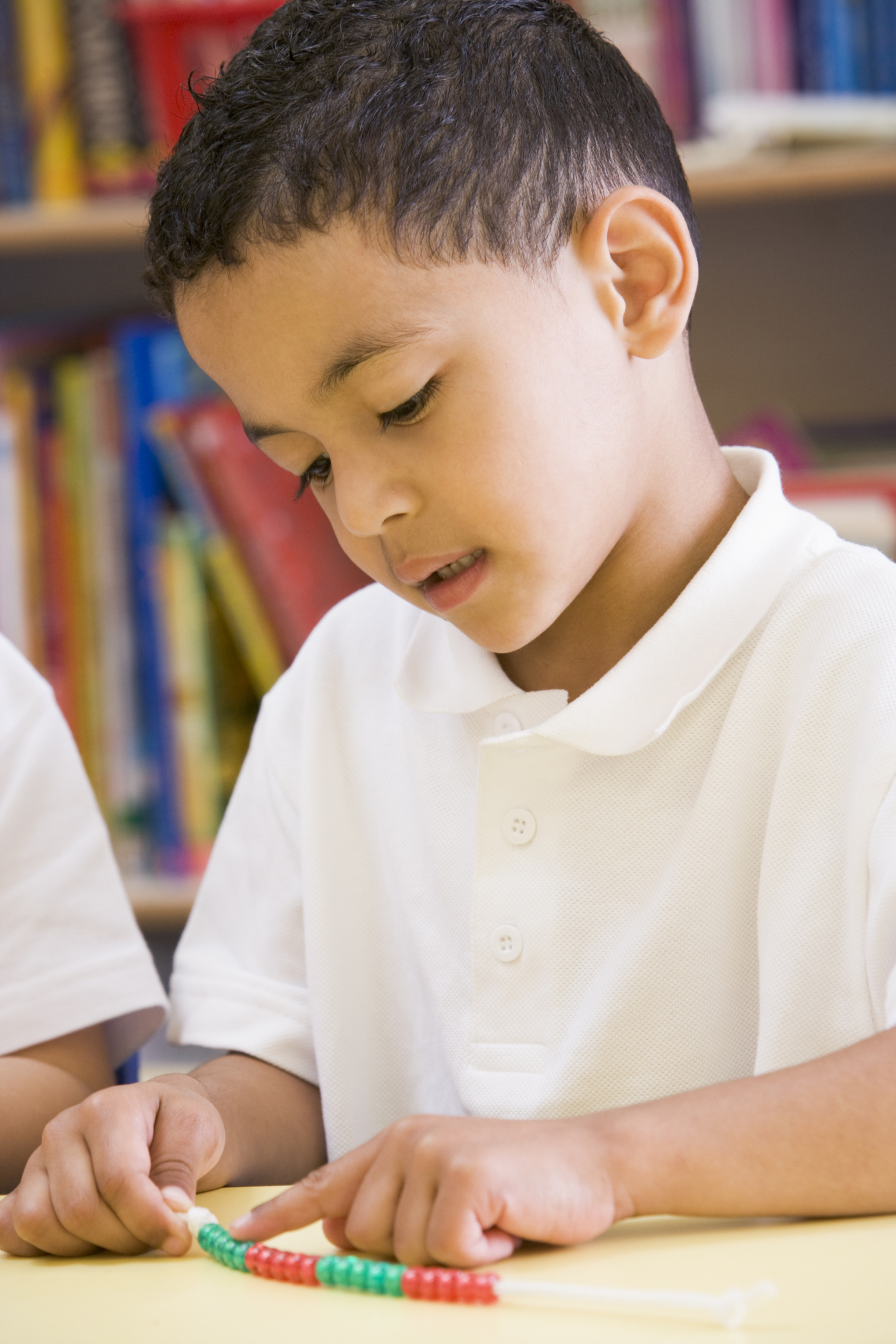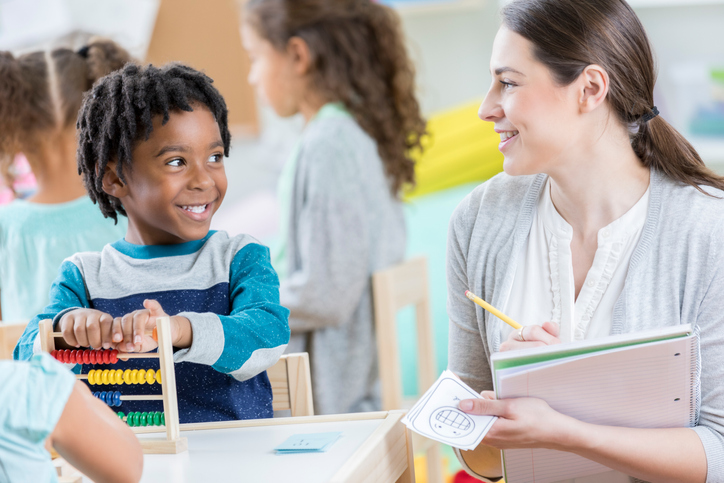Children compare and measure all the time in the classroom. How can we assess their knowledge in this important area of mathematics? This handout provides suggestions for improving our awareness of children’s understanding of measurements.
Assessing Measurement: How do we know?
In the Overview of Formative Assessments, a variety of formative assessment techniques are described. Here we describe ways of assessing children’s knowledge specifically about measurement.
 We want to know what they understand and know about measurement (see The Mathematics of Measurement for more information on these concepts):
We want to know what they understand and know about measurement (see The Mathematics of Measurement for more information on these concepts):
- comparing length, height, area, capacity, weight, time, and temperature
- ordering three or more objects
- the usefulness of origin when applicable (for example, when measuring height, the measured objects need to be standing on the same horizontal plane)
- the usefulness of unit consistency (whether non-standard or standard)
- non-standard measurement
- standard measurement (and tools)
- measurement concepts such as length, area, capacity, weight, time, and temperature
- time measurement concepts such as yesterday, today, tomorrow, morning, afternoon, night, before, and after
As in all activities, it is important to make assessment activities meaningful and engaging. Below you will find tips on assessing young children’s measurement knowledge. Using these tips in conjunction with the Overview of Formative Assessments, will provide you both with knowledge of assessment techniques and measurement knowledge. This will set you well on your way to monitoring children’s development in understanding measurement. Discovering what children know and understand takes more than observation. In all of these activities, think about questions that can reveal children’s thinking. Here is a list of some sample questions that can get children to express their understanding of measurement:
- What do you see?
- How are these different?
- How are these the same?
- Which of these is longer/shorter/higher/larger/smaller/heavier/lighter/colder/cooler/warmer/hotter? How do you know? Can you think of a way to find out? What tools would be useful if you wanted to find out?
- Which of these come first? Can you put these in order? (with pictures that can be put in temporal order, for example)
- Can you tell me what happened first in the story? And, after that? What happened at the end of the story?
- How many cups/shovels/spoons/etc. does this bucket/container/cup/jar/etc. hold?
The following assessments can be done in a variety of settings and formats. Some require one-on-one interactions; some can be done in interaction with a group of children; and some through observations of children working alone or with peers. Make sure the assessment technique you choose is appropriate for assessing the targeted skill/ability/understanding. See the Overview of Formative Assessments for general information on keeping track of children’s progress.
Comparing: Noticing Differences
- Ask about differences. Questions can be posed to individual children, small groups, or a whole group ("What do you notice about these two blocks/books/chairs? How is this one different from this one?")
- Accept variety in language. Allow children to use descriptive words that make sense to them and note the words they choose. Tracking their choices over time will provide you with a window into their understanding. Whether they use terms such as tiny, small, teeny-tiny, this/that big (showing thumb and fingers apart) – the idea is that they recognize that one object is smaller/larger than another. Supporting a variety of descriptive words across measurement (heavy, biggest, hotter, etc.) is important as children develop conceptual understanding of measurement.
Ordering Three or More Objects
- Gather several sets of objects that can be ordered by length (such as columns of Duplos, Legos, snap-together cubes, etc.). One-on-one or in a group, ask children questions about ordering the objects ("What can you tell me about this one [holding up the shortest/longest]? How is this one different from this one [holding up two of differing lengths]? Which one is longest? Which one is shortest? Can you put all three on the table in order so that the tallest is on one side and the shortest is on the other side?")
- Ask a small group of children to find differently-sized objects (teddy bears, blocks, books, farm animals, cars, cups, etc.) in the classroom and bring them to the table. Ask individual children to group objects by type (e.g., one child groups all of the farm animals together, another the cars) and ask them to put the objects in each group in a row from smallest to biggest (or biggest to smallest). After they have done this ask them to take turns describing how they know that the order is biggest to smallest (or vice versa). Sometimes the objects are difficult to order because they might be larger on one dimension and smaller on another. Encourage conversations about this. The goal isn’t to find the right answer, it is to explore what the children know about the sizes of these objects. You can use this information to choose future activities that will provide experiences that will build on their current understanding
Origin
- Ask children to compare two objects by length or by height. Notice whether they have the same origin (bases or ends of objects begin on the same plane or at the same starting place). If they don’t, encourage children to move the objects around to see if they get a different answer. Using dolls of identical height, stand one doll on a block and another on the floor. Ask children, ("Which is the tallest? Which is the shortest? How do you know?")
- In small groups or all together, hold up two objects of different height, holding one higher than another (that is, at different origins). Ask children whether one is taller than another. When a child says “No,” ask them how they know? ("What can be done to figure out whether one object is taller?")
Non-standard measurement
- Use children’s excitement around measuring large objects and measuring with odd objects to explore their understanding of non-standard measurement. Ask children to measure the length of a book with same-sized teddy bear manipulatives, the width of a room using shoe lengths (use only one shoe so that the unit of measure is the same), or the height of a chair with paperclips strung together. Ask them to compare measurements made by the same unit (for example, compare the length, height and width of the room when measured with a single shoe). ("Which one is greater? How many teddy bears long is that book?")
- Provide opportunities for children to experiment with non-standard measurement. ("Let’s draw a four-square game on the playground. How can we measure to make sure the squares are the same size? ") If children use differently-sized tools, discuss the outcome. ("Hmmmm.... how can this square be both ten shoes wide and twelve shoes wide?") This can provide opportunities to explore children’s understanding of the importance of non-standard measurement tool (such as a shoe) that are the same length (you can’t use two or more differently-sized shoes).
Standard measurement
- Once children begin to understand that the tool that one uses to measure must be a consistent unit in non-standard measurement, it can be easier to talk about inches and feet. An inch is an inch, and fortunately rulers, yardsticks, and measuring tapes all have multiple inches marked on them. Have these tools out in a math center (or activity) and encourage children to compare measurements. Use open-ended questions to find out what they think about these standard measurement tools. What do they do if the object is in-between measurements (say, between 20 and 21 inches)? Support their development in measurement by supporting language: ("So, the table is in between 20 and 21 inches, but is closer to 21 inches.")
- Use themes to support children’s curiosity about measurement. For instance, in a theme on marine life, get library books on the topic and find out about the size of some of the animals (clownfish/turtle/seahorse) with the children and ask them how they can use the ruler, yardstick or measuring tape to show how long/tall/wide these animals are. ("So, it says that the seahorse is three inches tall. Can you show me how tall that is on this ruler? The turtle is three feet across, where would that be on the measuring tape? If we were going to paint a picture of a life-size clownfish, how big should the paper be?")
Other dimensions of measurement
Much of the discussion about measurement centers around height, length and width. The points below refer to some of the other common measurement ideas in preschool classrooms
- While area is more complicated to measure due to its inherent two-dimensionality (meaning that one has to pay attention to two attributes when measuring instead of just one) – there are ways to support children’s development. For instance, children can tell by looking that some of the objects on the playground take up more space than others (the sandbox versus a bucket, for example). Tell children you want to play a guess-and-check game. You can start by asking obvious questions, ("Do you think the sandbox fits in the bucket? How can we check? Do you think you fit in the bucket? How can we check?") Move to questions that have answers that aren’t obvious. ("Does the bucket take up more room than the toy bulldozer? How can we check?")
- Children work with capacity problems all the time. You can support their thinking about capacity through questions. ("How many cups of sand fit in the toy dump truck? How many buckets of water can we put in the water table?")
- A balance scale can help children build on their understanding of weight. Provide a wide variety of objects and a balance scale. Have the children guess which of two objects will be heavier. Let them handle the objects before they put them on the scale. If their initial answer turns out to not match the outcome from the balance scale, ask them why they thought one object was heavier than another. Frequently, children will think that because an object is larger, that it is heavier. Choose objects that can help them disentangle these two attributes.
- When assessing time, begin with words and concepts such as yesterday, tomorrow, before, after, and next. Book reading can provide the scaffolding for open-ended questions (e.g., Corduroy by Freeman, in which the story takes place over several days). Ask children which of two activities takes longer (e.g., putting on a coat or eating lunch).
- Like time, temperature can be described in more general terms than degrees Fahrenheit. Ask children to give examples of things/settings that are cold and hot, warm and cool, and frozen. Ask them how they know.



